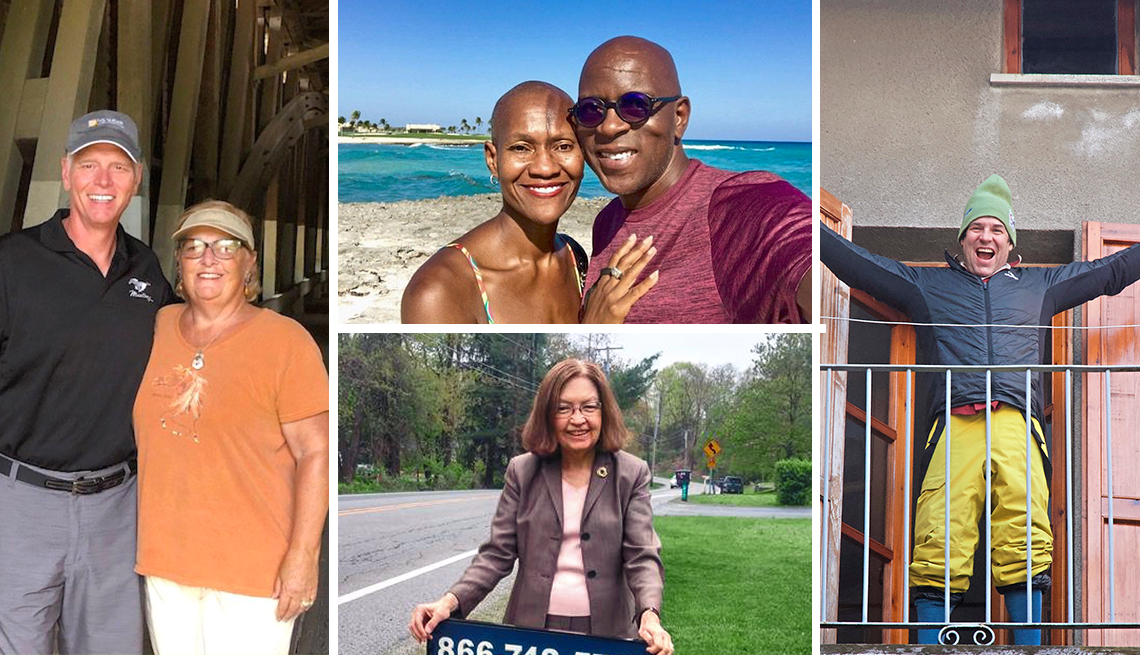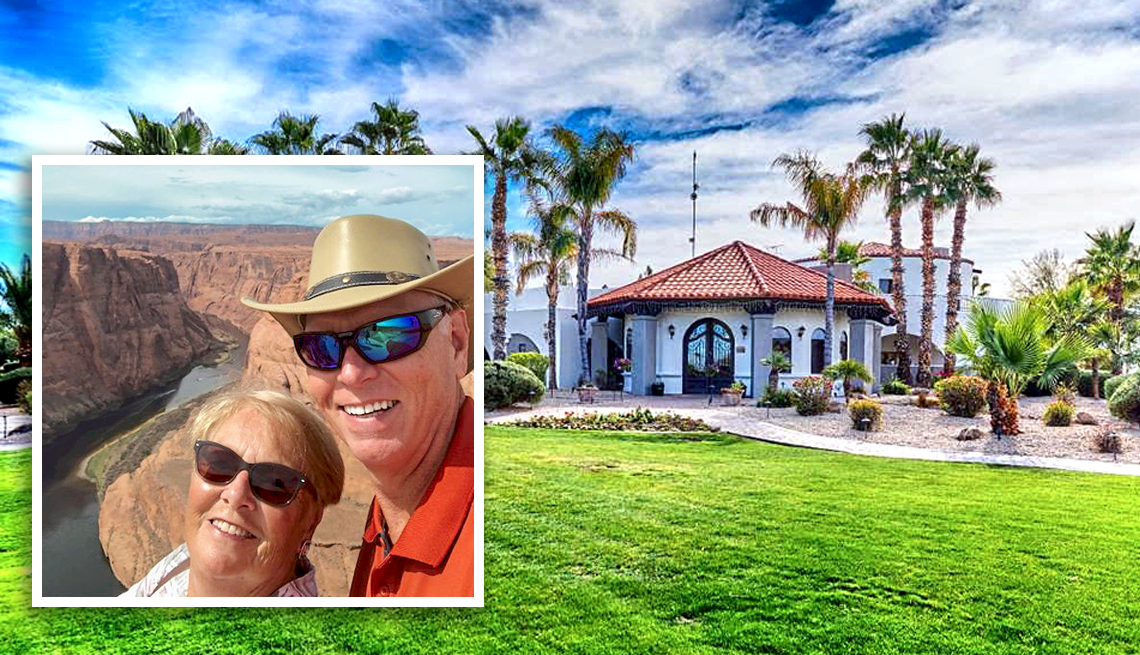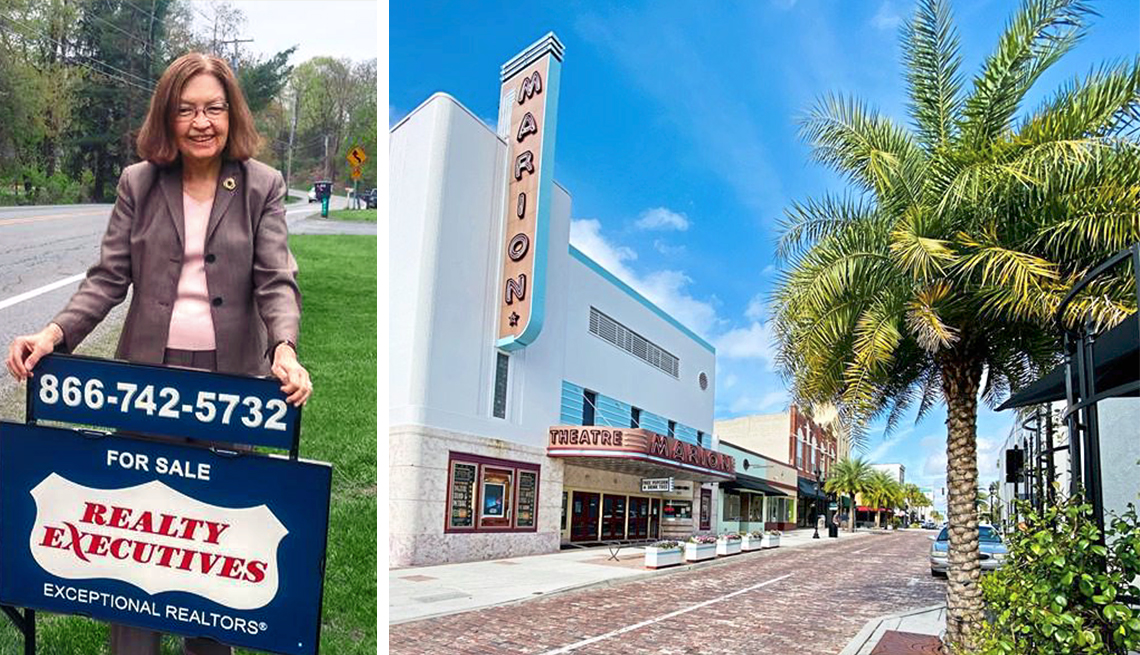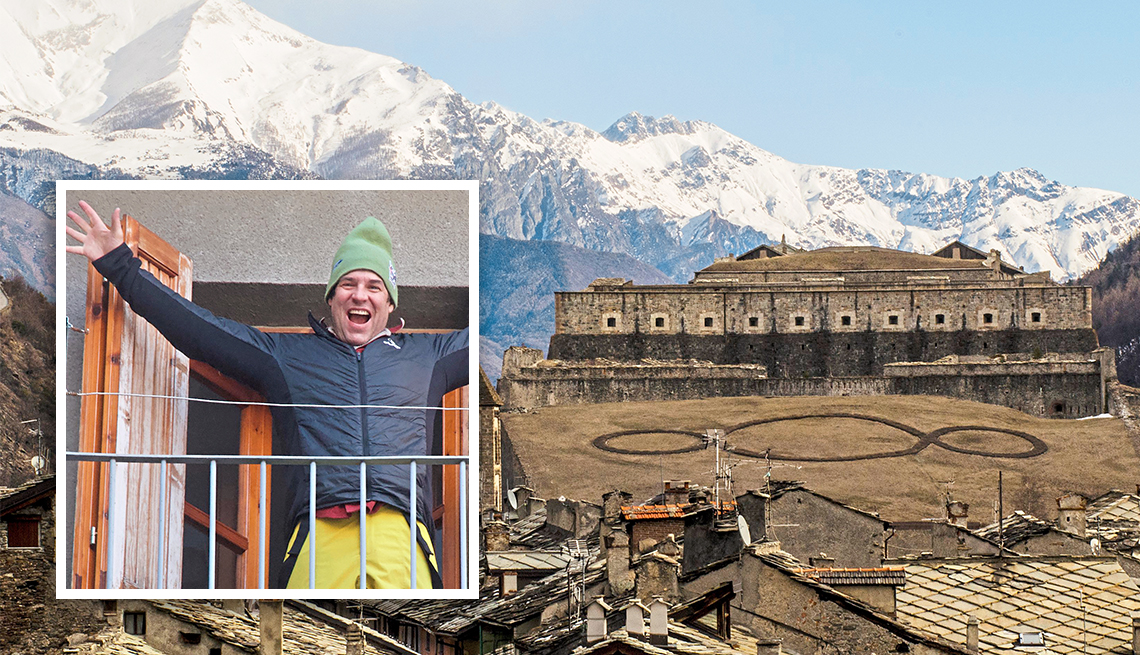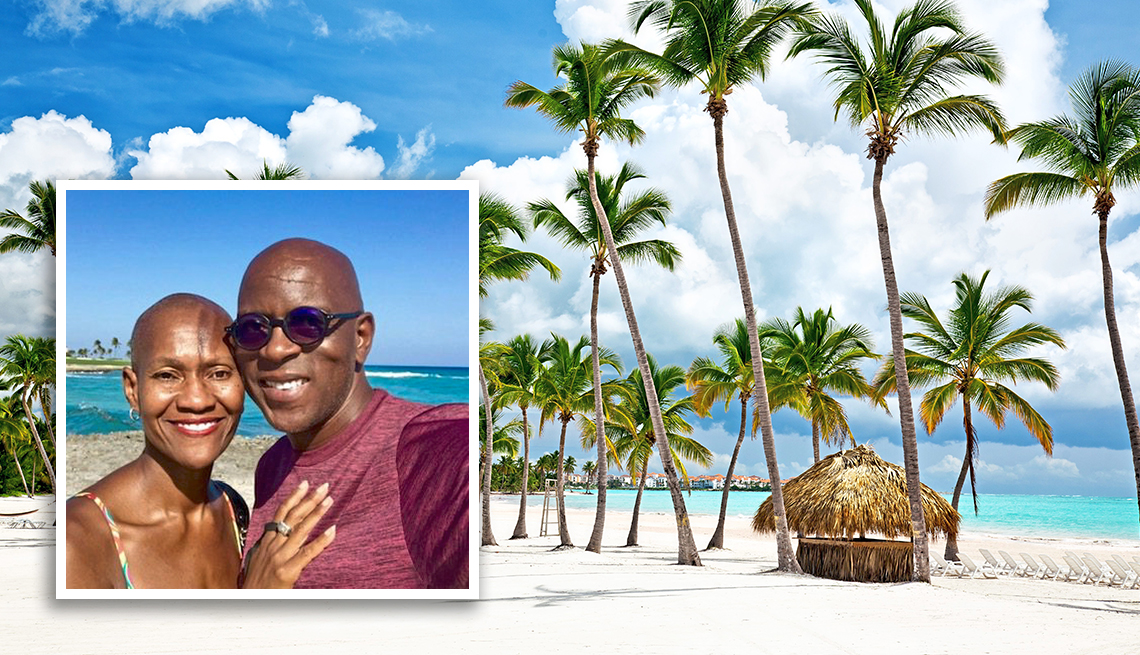Retirees Test Drive New Community Before Relocating
These people immersed themselves in the places where they eventually retired. It paid off
"Try before you buy" is not only good guidance when making a major purchase like a car, couch or computer. It's also good wisdom when considering a new community to live in as a retiree or even as a teleworker. But that takes more than just a weekend visit or pleasure trip. Increasingly, experts are suggesting an extended immersion in a potential new community before making the decision to move. “When you’re living there full-time, it’s a different lifestyle than when you’re on vacation,” says Anne Marie Stonich, chief wealth strategist and wealth manager at Coldstream Wealth Management.
The good news is that today people have unprecedented opportunities to relocate temporarily, as pandemic protocols have allowed many employees to work remotely. In addition, the easy availability of short-term home rentals through services like Airbnb and Vrbo can let you live like a local. All of this helps to provide a “real-life” perspective on a new place, Stonich says Dianna Chiow, a certified financial planner in Boulder, Colorado, advises clients to take their time when trying out new places, including holding onto their home and renting it out while they explore potential destinations. “Let your assets work for you before you make any drastic changes,” Chiow says. “We generally don’t make good decisions when we’re forced to make them quickly. The more you can try out a community, the more confidence you’ll have if you make that move permanent.”
Here are the stories of a few people who test-drove their new communities before committing.
The Move: From Indiana to Arizona
The Advice: Sample several communities before choosing one
When Anthony Casablanca retired in 2015 as president of Rotex, a global producer of industrial equipment, he and his wife, Linda, set out to in their 45-foot RV to explore the U.S. With their Batesville, Indiana, home as an anchor, they first ventured west, settling for six weeks at Arizona’s Pueblo El Mirage, a resort for people 55 and older near Phoenix. They spent time watching Cincinnati Reds spring training baseball games and connected with the region's climate, mountains and people. “We left, and I had tears in my eyes,” says Linda, 73. “I felt like I was from that place, like it was home.”
It later became home. For a few years, the Casablancas continued to roam America. In 2019 they sold the RV and bought a house in Pueblo El Mirage. “We never would have found it without exploring,” says Anthony, 61. “And we wouldn’t have known it was home if we hadn’t spent a lot of time there and also tried out so many other places.”
The Move: From New Jersey to Florida
The Advice: Experience the pros and cons firsthand
Barbara O'Neill spent nine months over the course of three years in what would become her new community. She was able to do this by taking sabbaticals from her position as a professor at Rutgers University and also by working remotely from Ocala, Florida.
She says this immersion allowed her to “practice being there and practice budgeting for Ocala.” When she bought a home in 2019, she knew what she was getting into. This was not the case for some of her neighbors, who didn't have that experience and after buying, came to realize that the neighborhood wasn’t for them. A number of people moved out after a short time because it didn't suit them, O’Neill says. “You have to decide what makes you happy, and it’s easier to do that when you’ve spent significant time in the place.”
The Move: From Colorado to The Italian Alps
The Advice: Use work travel and vacations to scout
Tom Winter, 56, discovered Italy's Piedmont area while taking photographs for a magazine assignment. Although retirement was not then on his mind, he discovered in 2012 that he could purchase a humble and livable abode close to excellent skiing for roughly $20,000. “It was like Colorado 40 years ago, when you could buy a miner’s shack in Telluride for $40,000 that would sell for $2 million today,” he says.
Interest piqued, he began shopping and exploring. After five years of visiting the region, in 2017, Winter paid $24,700 for a 400-year-old medieval tower retrofitted as an apartment in the Italian Alps. The village is tiny: “There is one shop that houses a café/bar and a pizzeria,” he says.
Today, Winter, who is semiretired, and his wife, Aileen, spend weeks at a time in Italy.
The Move: From Texas to the Caribbean
The Advice: Make full use of online resources
Sometimes spending weeks and months in a prospective retirement location just isn’t feasible. In that case, the internet can provide a virtual test drive. This is what Bridget Boyd, 52, learned while she and her husband, Davlyn, 53, were working hard so they could retire early. The couple sought a drastic change from city life in Houston. Specifically, they were hoping to retire to the Caribbean, and their search for an affordable island with relatively low hurricane risk led them to the Dominican Republic.
Boyd gleaned much of her information about daily life in Punta Cana by reading comments in expat Facebook groups and online forums where residents with real experience talk about the realities of island life. Her extensive homework helped establish a livable budget and also confirmed her desire to live in a city, thus avoiding the power outages and plumbing issues that can impact rural areas in that country.
After nearly two years of research, Boyd was mentally prepared for her new home, which she describes as laid-back, rarely in a hurry. “People are almost always late, and I had to get used to not rushing and not being upset when people I was waiting for were late,” Boyd says.
Now living in the Dominican Republic, Boyd has launched a YouTube channel, Ebony Ladies in the D.R., where she offers insight and advice on how to retire to Punta Cana. In her videos, she discusses the practicalities of her new home, with topics such as how to find the best hardware store and how to get insurance as an expat.
What To Consider When Considering Relocation
Former Rutgers University professor Barbara O’Neill, a financial planner who advises on retirement, offers this advice:
1. Sweat the important stuff. It's easy to get caught up in the excitement of a new place, but don't lose sight of important financial factors, including housing costs, tax burden, availability of quality health care, insurance costs and transportation costs.
2. Build a budget. Compile the costs of living in your current home and community as a baseline, then use that to compare retirement costs in other locales.
3. Be prepared for the transition. Moving to a new community is hard on many levels: unpacking your stuff, setting up accounts, learning the roads, finding stores, picking doctors, meeting new people. Expect it to take many months before you feel any sense of routine.
4. Be honest about what you want. It's easy to be lured by tropical breezes, beautiful nature, or nearby music halls and museums. But what really matters to you, day in and day out? If it's seeing family, living in a roomy house or laughing with friends, a distant paradise may not be so paradise-like. You can't always understand the trade-offs you'll be making in a relocation without living there, even temporarily.
AARP Membership -Join AARP for just $12 for your first year when you enroll in automatic renewal
Join today and save 25% off the standard annual rate. Get instant access to discounts, programs, services, and the information you need to benefit every area of your life.
Rachel Walker has written on travel for Outside and Sierra magazines, AARP and others for over 20 years.

